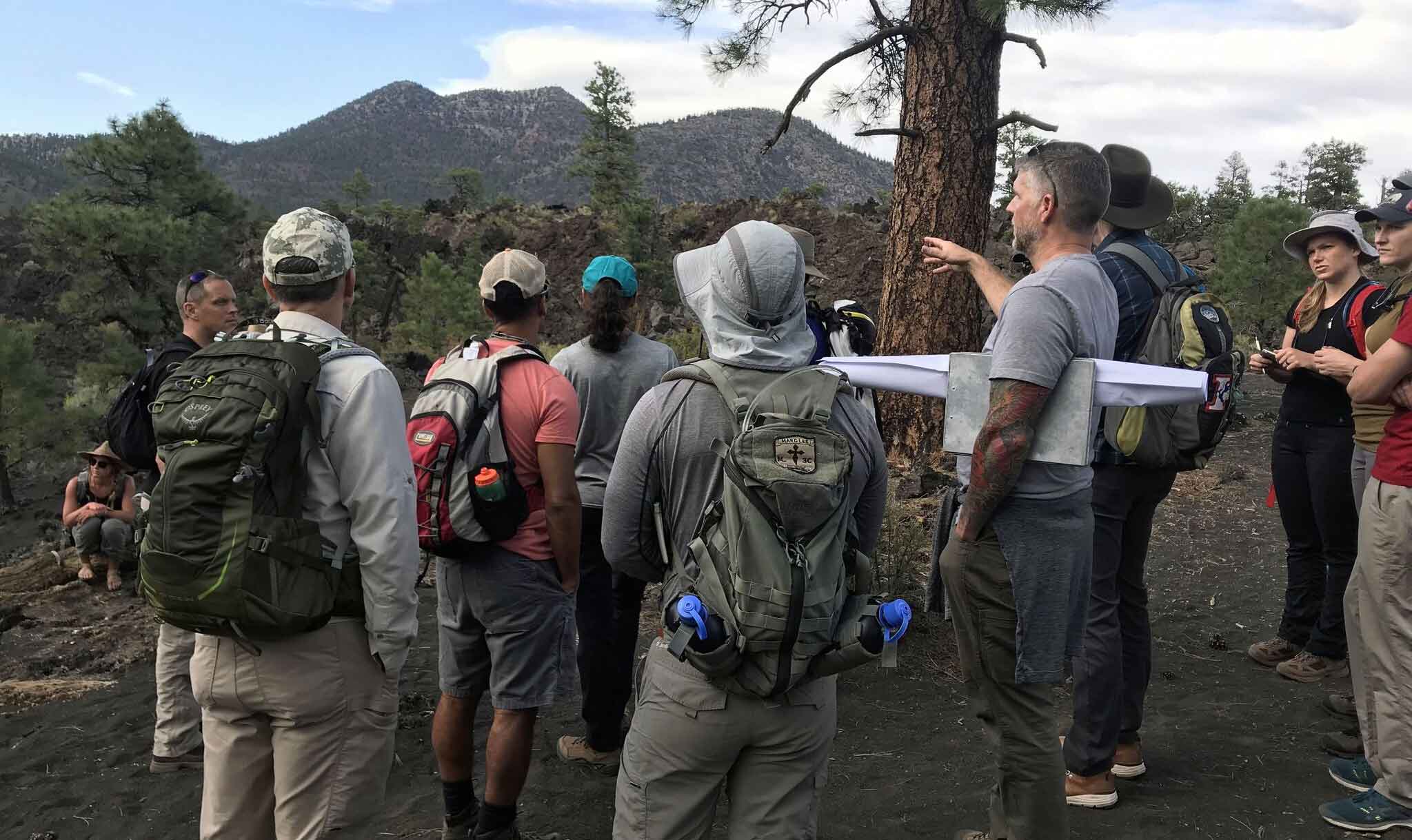The sky is full of stars. There are also planets, comets, and black holes. Yet one object in space is our nearest neighbor. It’s the Moon! For years, people have studied our one and only moon. Now scientists have made its most detailed map ever!
This amazing map shows both sides of the Moon — the near side we see from Earth and the far side hidden from view. It includes all the features of the surface of the Moon, such as , hills, and volcanoes. And this map has much more than that. It displays the types of rocks on the Moon, their composition (what they’re made of), and their age!
For example, the pink and red marks show lava flows. Those are the dark spots on the Moon that we see from Earth. The yellow-colored craters are the youngest. Gray and brown represent the oldest craters. Rocks crashing into the Moon’s surface caused those craters. Some are 4 billion years old!
Scientists from several groups developed this map. Those groups include NASA and the U.S. Geological Survey (USGS). The scientists worked together to combine information from many missions. The group used the data from the first trips to the Moon in the 1960s — and from recent visits. The map is called the “Unified Geologic Map of the Moon.”
James Skinner works at the USGS in Flagstaff, Arizona. He told News-O-Matic that this unified map makes it easier for scientists to study the Moon. “It is like having a new dictionary that everyone can use,” he explained. “It ensures we all speak the same language about the lunar surface.”
You can’t see it here, but the map is huge. So it shows a very detailed view. “That map is excellent for scientists to figure out what areas of the Moon to investigate,” said Skinner, “and perhaps visit.”
Yes, this map may help astronauts one day explore the Moon. USGS director and former astronaut Jim Reilly knows this. “People have always been by the Moon and when we might return,” said Reilly. He called the map “a resource that can help NASA with their planning for future missions.”
Updated April 29, 2020, 5:02 P.M. (ET)
By Russell Kahn (Russ)





